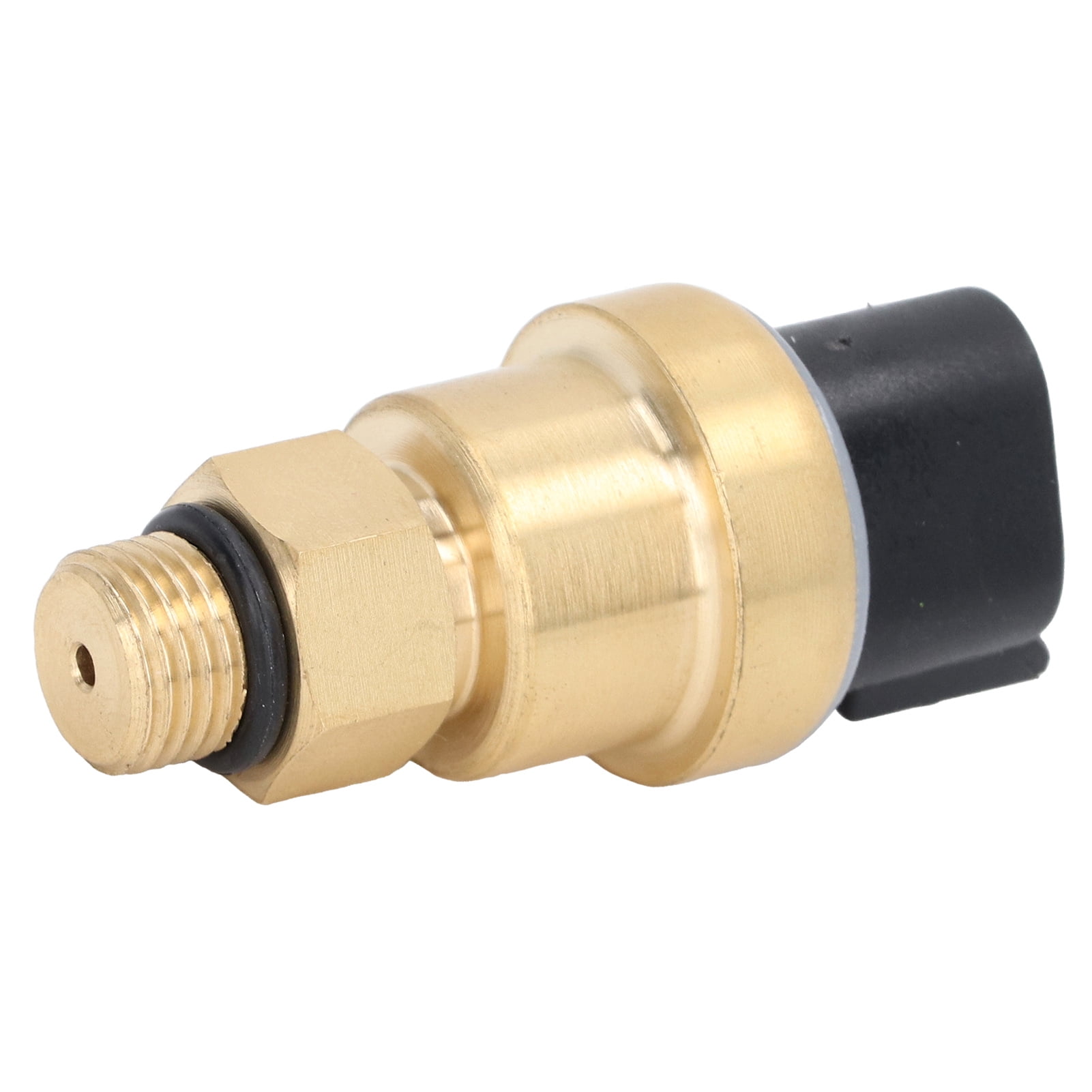Fuel Pressure Sensor Demystified: Your Ultimate Guide to Understanding and Maintenance
The fuel pressure sensor is a vital component in modern vehicles, playing a crucial role in ensuring optimal engine performance and efficiency. As engines have evolved, so too have their systems, making the fuel pressure sensor an essential part of managing fuel delivery. Understanding how this sensor works and its importance can help you appreciate the complexities of your vehicle's fuel system, and it can also aid in timely maintenance and troubleshooting.
In this comprehensive guide, we will delve into everything you need to know about fuel pressure sensor s. From their function and types to common issues and maintenance tips, we aim to simplify this often-overlooked component. Whether you are a car enthusiast, a budding mechanic, or simply a cautious vehicle owner, this guide is designed to empower you with the knowledge you need to keep your fuel system in top shape. Let’s unlock the mysteries behind the fuel pressure sensor and ensure your engine runs smoothly and efficiently.
What is a Fuel Pressure Sensor?
A fuel pressure sensor is a critical component in a vehicle's fuel system, designed to monitor the pressure of fuel within the fuel rail. This sensor provides vital information to the engine control unit, allowing it to optimize fuel injection and overall engine performance. By measuring the pressure, it helps ensure that the engine receives the correct amount of fuel at all times, which is essential for efficient combustion and engine efficiency.

In most vehicles, the fuel pressure sensor is located on or near the fuel rail, where it can easily gauge the pressure of the fuel being delivered to the engine. The information gathered by this sensor is transmitted to the engine control unit, which uses it to adjust fuel flow and maintain proper engine operation. If the pressure is too low or too high, the engine may experience performance issues, including poor acceleration or increased emissions.
Maintaining a properly functioning fuel pressure sensor is crucial for vehicle health. A malfunctioning sensor can lead to incorrect fuel pressure readings, causing the engine to run inefficiently or irregularly. Regular inspections and timely replacements can prevent potential issues, ensuring that the fuel system operates smoothly and effectively for optimal vehicle performance.
How to Diagnose Fuel Pressure Issues
Diagnosing fuel pressure issues begins with understanding the symptoms your vehicle may exhibit. Common signs include stalling, difficulty starting, poor acceleration, and reduced fuel efficiency. If you notice any of these problems, it may indicate that your fuel pressure sensor is not functioning correctly or that there is an issue with the fuel delivery system. Listening for unusual sounds from the fuel pump or checking for engine warning lights on your dashboard can also provide valuable clues.
To properly diagnose the fuel pressure, you will need a fuel pressure gauge. First, locate the fuel rail on your engine, and secure the gauge to the Schrader valve. Start the engine and observe the reading on the gauge. Compare this reading to the specifications provided in your vehicle’s service manual. If the pressure is outside the recommended range, it could indicate a failing fuel pump, clogged fuel filter, or a malfunctioning sensor.
Additionally, you should check for any leaks in the fuel lines and connections. A visual inspection can often reveal cracks or loose fittings that may cause pressure loss. If no external leaks are found, and the fuel pressure readings are still off, it may be necessary to further test the fuel pump and fuel filter for proper function. This comprehensive approach will help you pinpoint the root of any fuel pressure issues effectively.
Maintenance Tips for Fuel Pressure Sensors
To ensure the longevity and accuracy of your fuel pressure sensor, regular inspection is crucial. Check the sensor's electrical connections for any signs of corrosion or loose wiring. Clean any dirt or debris that may accumulate around the sensor, as this can interfere with its performance. A well-maintained connection will help the sensor function properly and provide accurate pressure readings.
It is also important to monitor the fuel system for leaks or other issues that could affect the sensor's readings. If you notice any fuel odors or see fuel pooling around the engine, investigate immediately. Addressing any problems in the fuel system promptly can prevent further damage to the sensor and maintain the overall health of your vehicle.
Lastly, consider having the fuel pressure sensor tested as part of your regular vehicle maintenance. Professional diagnostics can identify potential issues and verify that the sensor is operating within its optimal range. Regular testing not only catches problems early but can also save you from costly repairs down the line, ensuring your fuel system operates efficiently.